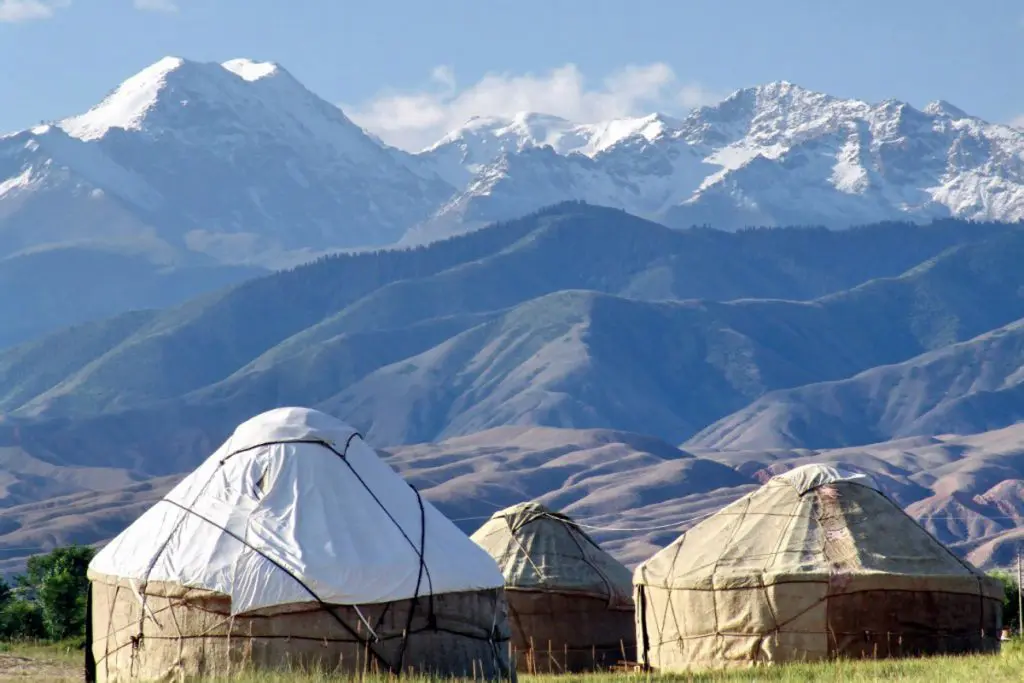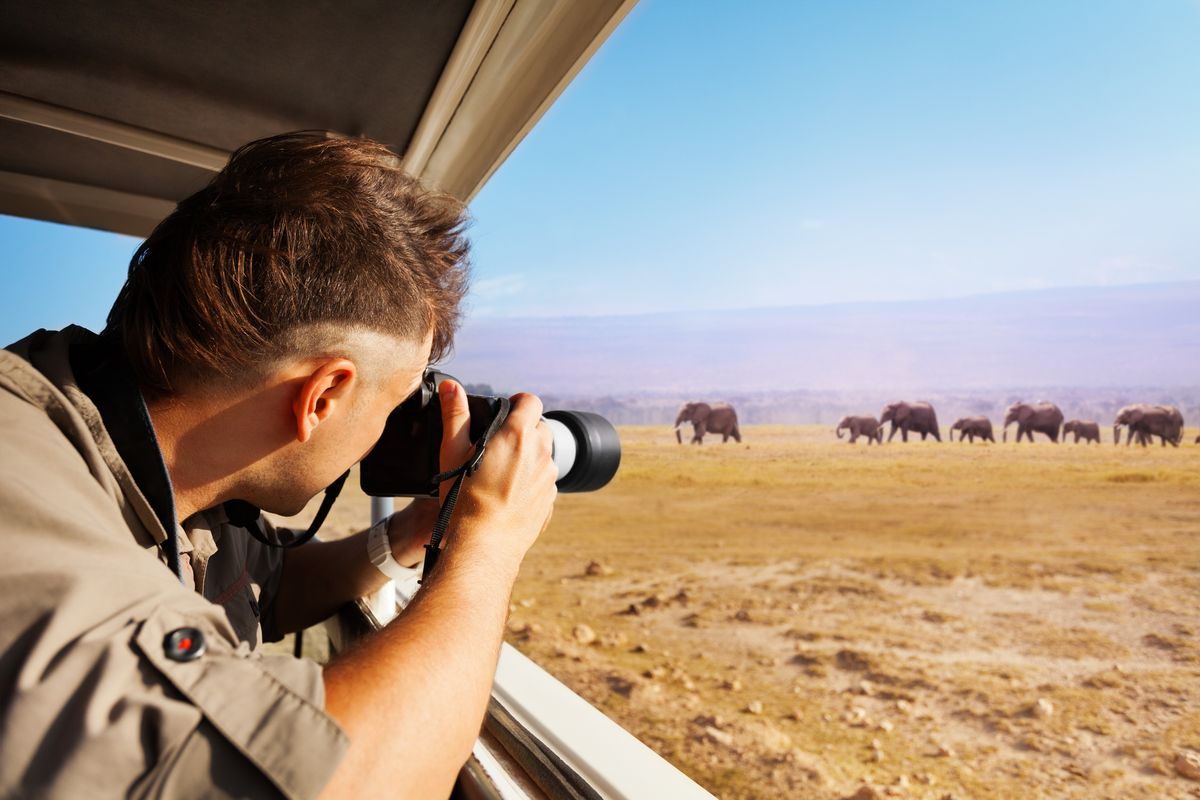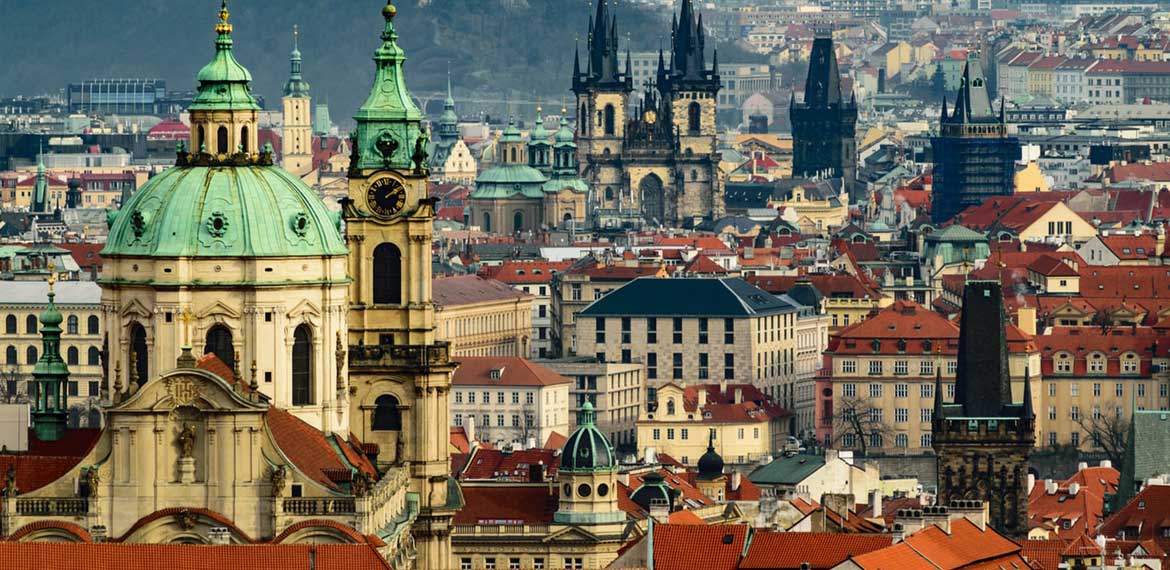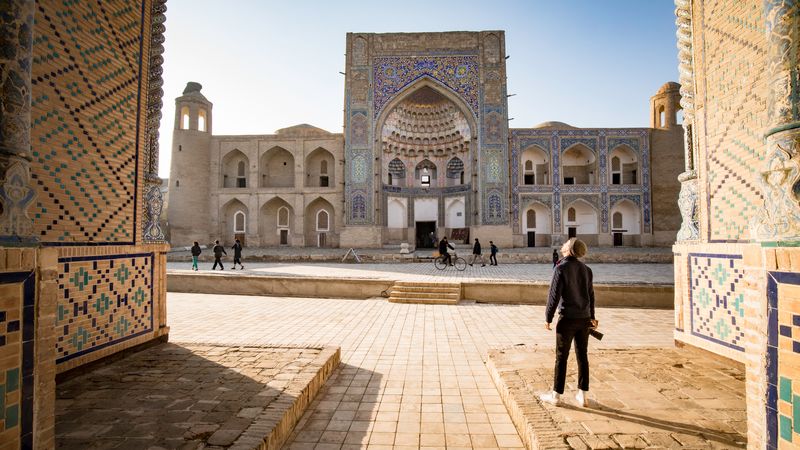Kyrgyzstan, a hidden gem in Central Asia, is a land of rugged mountains, turquoise lakes, and vibrant nomadic culture. For first-time visitors, it’s a destination that feels like stepping into a postcard, with untouched landscapes and warm hospitality. This 10-day itinerary is crafted to immerse you in Kyrgyzstan’s best destinations, blending adventure, culture, and relaxation. Whether you’re hiking through alpine meadows or sipping tea in a yurt, this guide ensures an unforgettable journey.
Why Visit Kyrgyzstan?
Kyrgyzstan is a paradise for travelers seeking off-the-beaten-path experiences. Its dramatic Tian Shan mountains, sprawling steppes, and ancient Silk Road history make it a unique destination. With fewer tourists than other adventure hotspots, you’ll feel like a pioneer exploring its pristine beauty.
A Land of Nomads and Nature
Over 80% of Kyrgyzstan’s terrain is mountainous, offering endless opportunities for trekking and photography. The nomadic culture, with its colorful traditions and yurt camps, adds a layer of authenticity you won’t find elsewhere. From bustling bazaars to serene lakes, Kyrgyzstan delivers a raw, unfiltered travel experience.
Day 1–2: Bishkek – The Vibrant Capital
Start your journey in Bishkek, Kyrgyzstan’s lively capital. This city blends Soviet-era architecture with modern cafes and bustling markets. It’s the perfect introduction to the country’s culture and a great base for planning your adventure.
Exploring Ala-Too Square
Ala-Too Square is the heart of Bishkek, where you can watch locals gather under the towering statue of Manas, the national hero. Stroll around, snap photos of the colorful guards’ ceremony, and soak in the city’s energy. It’s a great spot to feel the pulse of modern Kyrgyzstan.
Osh Bazaar: A Sensory Delight
Dive into Osh Bazaar for a taste of local life. The vibrant stalls brim with fresh naan, dried fruits, and spices. Haggle for souvenirs like felt shyrdaks (traditional carpets) or sample kymyz, a fermented mare’s milk drink that’s a Kyrgyz staple.
Where to Stay in Bishkek
For comfort, book a room at the Orion Hotel Bishkek, known for its central location and modern amenities. Budget travelers can opt for hostels like Apple Hostel, offering clean dorms and a friendly vibe.
| Accommodation | Type | Price Range (USD) | Why Choose It? |
|---|---|---|---|
| Orion Hotel Bishkek | Hotel | $80–$120 | Central, luxurious, great service |
| Apple Hostel | Hostel | $10–$20 | Budget-friendly, social atmosphere |
Pro Tip: Try plov (a rice dish with meat and carrots) at a local chaikhana (teahouse) for an authentic dining experience.
Day 3–4: Ala Archa National Park – Nature’s Playground
Just a 40-minute drive from Bishkek, Ala Archa National Park is a haven for hikers and nature lovers. Its snow-capped peaks and alpine valleys make it a must-visit for your Kyrgyzstan itinerary.
Hiking the Ak-Sai Glacier Trail
The Ak-Sai Glacier Trail is a moderate 4–6-hour hike with breathtaking views of glaciers and waterfalls. Pack sturdy shoes and a camera—the scenery is unreal. Beginners can opt for shorter trails like the Ala Archa River path.
What to Pack for Ala Archa
- Hiking boots: Essential for rocky trails.
- Layered clothing: Weather can change quickly in the mountains.
- Snacks and water: No cafes in the park, so come prepared.
Pros of Visiting Ala Archa:
- Close to Bishkek, ideal for a day trip.
- Stunning alpine scenery.
- Trails for all skill levels.
Cons:
- Limited facilities in the park.
- Can get crowded on weekends.
Pro Tip: Visit early in the morning to avoid crowds and enjoy cooler temperatures.
Day 5–6: Lake Issyk-Kul – The Pearl of Kyrgyzstan
Lake Issyk-Kul, one of the world’s largest alpine lakes, is a highlight of any Kyrgyzstan trip. Its crystal-clear waters and surrounding mountains create a serene escape. Spend two days here to relax and explore.
South Shore: Cholpon-Ata and Petroglyphs
Cholpon-Ata, on the lake’s north shore, is a lively town with beaches and cultural sites. Visit the open-air petroglyph museum, where ancient rock carvings tell stories of Kyrgyzstan’s past. Rent a bike to explore the shoreline at your own pace.
South Shore: Fairy Tale Canyon
The Fairy Tale Canyon (Skazka Canyon) boasts colorful rock formations that look like a surreal painting. A short hike here rewards you with panoramic views of the lake. It’s a photographer’s dream, especially at sunset.
Where to Stay Near Issyk-Kul
Stay in a yurt camp like Bel-Tam Yurt Camp for an authentic experience, or choose a guesthouse like Guest House Gulmira for modern comforts. Both are budget-friendly and offer lake views.
| Activity | Location | Cost (USD) | Duration |
|---|---|---|---|
| Petroglyph Museum | Cholpon-Ata | $1–$2 | 1 hour |
| Fairy Tale Canyon | South Shore | Free | 1–2 hours |
Pro Tip: Swim in the lake if the weather’s warm—its mineral-rich waters are said to have healing properties.
Day 7–8: Song-Kul Lake – Nomadic Serenity
Song-Kul Lake, nestled at 3,016 meters in the Tian Shan mountains, is a remote paradise. Accessible by 4×4, it’s a place to disconnect and embrace Kyrgyzstan’s nomadic heritage.
Life in a Yurt Camp
Spend a night in a yurt camp, where you’ll share meals with local herders and sleep under a star-filled sky. Activities include horseback riding and learning to make traditional bread. It’s a cultural immersion you’ll never forget.
Horseback Riding Adventures
Horseback riding is a must at Song-Kul. Local guides offer rides across the meadows, suitable for beginners and experts alike. The cost is around $10–$15 per hour, a small price for such a unique experience.
Pros of Song-Kul:
- Authentic nomadic experience.
- Stunning high-altitude scenery.
- Perfect for stargazing.
Cons:
- Remote location, requires planning.
- Basic facilities in yurt camps.
Pro Tip: Bring warm clothes—nights at Song-Kul can dip below freezing, even in summer.
Day 9: Tash Rabat – Ancient Silk Road Caravanserai
Tash Rabat, a 15th-century stone caravanserai, is a testament to Kyrgyzstan’s Silk Road history. Tucked in a remote valley, it’s a fascinating stop for history buffs and adventurers.
Exploring the Caravanserai
Wander through Tash Rabat’s cool, dark chambers, imagining traders resting here centuries ago. The surrounding hills are perfect for short hikes, offering views of grazing yaks and distant peaks. Entry costs about $2.
Pro Tip: Combine Tash Rabat with a visit to nearby Chatyr-Kul Lake for a full day of exploration.
Day 10: Osh – The Cultural Hub
End your trip in Osh, Kyrgyzstan’s second-largest city and a cultural melting pot. With a 3,000-year history, Osh feels vibrant yet ancient, with bustling bazaars and sacred sites.
Sulaiman-Too Mountain
Sulaiman-Too, a UNESCO World Heritage Site, is a sacred mountain with caves and mosques. Climb to the top for panoramic views of Osh and a sense of spiritual calm. The hike takes about an hour.
Jayma Bazaar
Jayma Bazaar is one of Central Asia’s largest markets, packed with spices, textiles, and local crafts. It’s a great place to pick up souvenirs or try street food like samsa (savory pastries).
Where to Get Local Crafts:
- Jayma Bazaar: Best for affordable shyrdaks and felt hats.
- Local shops in Osh: Look for handmade jewelry and ceramics.
Pro Tip: Visit Osh’s Alai Region Museum to learn about the city’s Silk Road history before heading home.
Comparison: Urban vs. Rural Kyrgyzstan
| Aspect | Urban (Bishkek, Osh) | Rural (Song-Kul, Tash Rabat) |
|---|---|---|
| Vibe | Bustling, modern | Tranquil, traditional |
| Activities | Markets, museums, cafes | Hiking, horseback riding, yurt stays |
| Accessibility | Easy, public transport | Remote, requires 4×4 or tour |
| Cost | Moderate ($20–$50/day) | Budget ($10–$30/day) |
People Also Ask (PAA) Section
What is the best time to visit Kyrgyzstan?
The best time to visit is June to September, when the weather is warm and the mountains are accessible. Summer offers vibrant festivals like the Nomad Games, while early autumn brings stunning fall colors.
How safe is Kyrgyzstan for tourists?
Kyrgyzstan is generally safe for tourists, with low crime rates. Exercise caution in crowded markets and remote areas, and always check travel advisories before hiking in border regions.
Do I need a visa for Kyrgyzstan?
Many nationalities, including US, EU, and Canadian citizens, can enter Kyrgyzstan visa-free for up to 60 days. Check the Kyrgyzstan Ministry of Foreign Affairs for updates.
What is the best way to get around Kyrgyzstan?
Shared taxis and marshrutkas (minibuses) are affordable and connect major cities. For remote areas like Song-Kul, book a 4×4 or join a guided tour through agencies like CBT Kyrgyzstan.
Can I drink tap water in Kyrgyzstan?
Tap water in cities like Bishkek is generally safe but may upset sensitive stomachs. Stick to bottled water or bring a water filter for rural areas.
FAQ Section
Q: How much does a 10-day trip to Kyrgyzstan cost?
A: A budget trip costs $500–$800, including accommodation, food, and transport. Mid-range travelers can expect $1,000–$1,500, while luxury options start at $2,000.
Q: What should I pack for Kyrgyzstan?
A: Pack layers for variable weather, sturdy hiking boots, a reusable water bottle, and a power bank for remote areas. Don’t forget sunscreen and a hat for high-altitude sun.
Q: Are there ATMs in Kyrgyzstan?
A: ATMs are common in Bishkek and Osh but scarce in rural areas. Carry cash (Kyrgyz som) for yurt camps and small vendors. Major cards are accepted in city hotels.
Q: Is English widely spoken in Kyrgyzstan?
A: English is limited outside Bishkek. Learning basic Russian or Kyrgyz phrases helps, especially in rural areas. Guides and guesthouses often have English-speaking staff.
Q: What are the best tools for planning a Kyrgyzstan trip?
A: Use CBT Kyrgyzstan for tours and homestays, Caravanistan for travel tips, and Google Maps for city navigation. Offline maps like Maps.me are great for rural areas.
Tips for an Unforgettable Kyrgyzstan Adventure
- Book tours early: Popular destinations like Song-Kul have limited yurt availability in peak season.
- Respect local customs: Dress modestly at religious sites and ask permission before photographing locals.
- Try local food: Don’t miss beshbarmak (noodle and meat dish) or fresh honey from mountain vendors.
- Stay connected: Buy a local SIM card (O! or Beeline) for reliable data in cities.
A Personal Reflection
My first trip to Kyrgyzstan felt like stepping into a different world. I remember sitting by Song-Kul, wrapped in a blanket, as a herder shared stories of his family’s nomadic life. The stars were so bright I forgot my phone’s flashlight. Moments like these—raw, unscripted, and deeply human—are what make Kyrgyzstan special. You’re not just a tourist here; you’re a guest in a land that welcomes you with open arms.
Conclusion
Kyrgyzstan’s blend of natural beauty, rich culture, and warm hospitality makes it a must-visit for adventurous travelers. This 10-day itinerary covers the best of Bishkek, Ala Archa, Issyk-Kul, Song-Kul, Tash Rabat, and Osh, offering a perfect mix of urban exploration and rural adventure. Start planning your trip today, and get ready for a journey that will leave you with stories to tell for years to come.
External Links:
- Kyrgyzstan Tourism Board for official travel info.
- Lonely Planet Kyrgyzstan for more destination guides.



